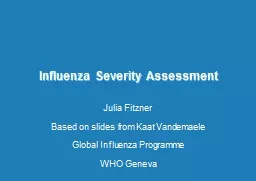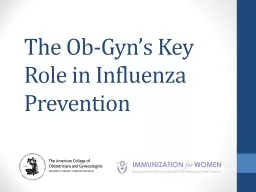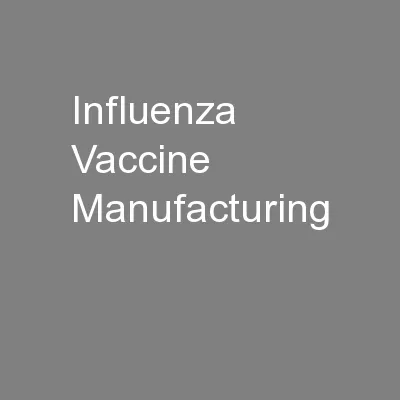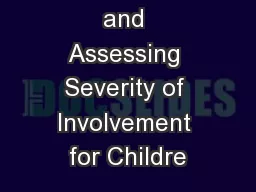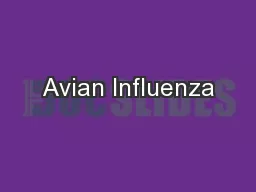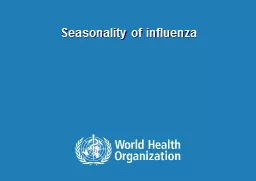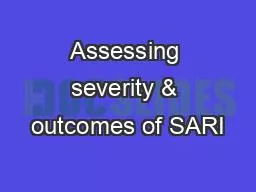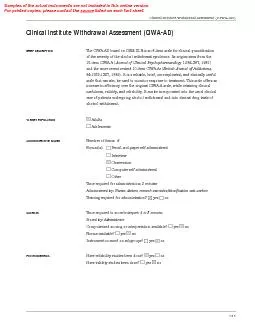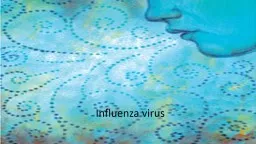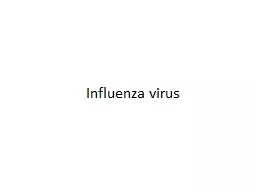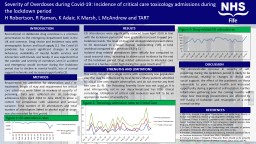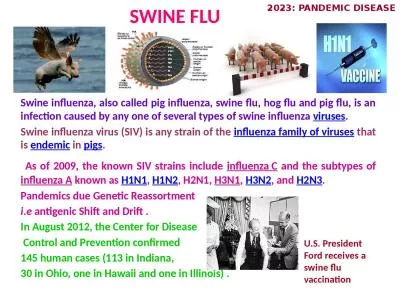PPT-Influenza Severity Assessment
Author : briana-ranney | Published Date : 2018-01-06
Julia Fitzner Based on slides from Kaat Vandemaele Global Influenza Programme WHO Geneva IHR Review Committee WHO should develop and apply measures that can
Presentation Embed Code
Download Presentation
Download Presentation The PPT/PDF document "Influenza Severity Assessment" is the property of its rightful owner. Permission is granted to download and print the materials on this website for personal, non-commercial use only, and to display it on your personal computer provided you do not modify the materials and that you retain all copyright notices contained in the materials. By downloading content from our website, you accept the terms of this agreement.
Influenza Severity Assessment: Transcript
Download Rules Of Document
"Influenza Severity Assessment"The content belongs to its owner. You may download and print it for personal use, without modification, and keep all copyright notices. By downloading, you agree to these terms.
Related Documents

